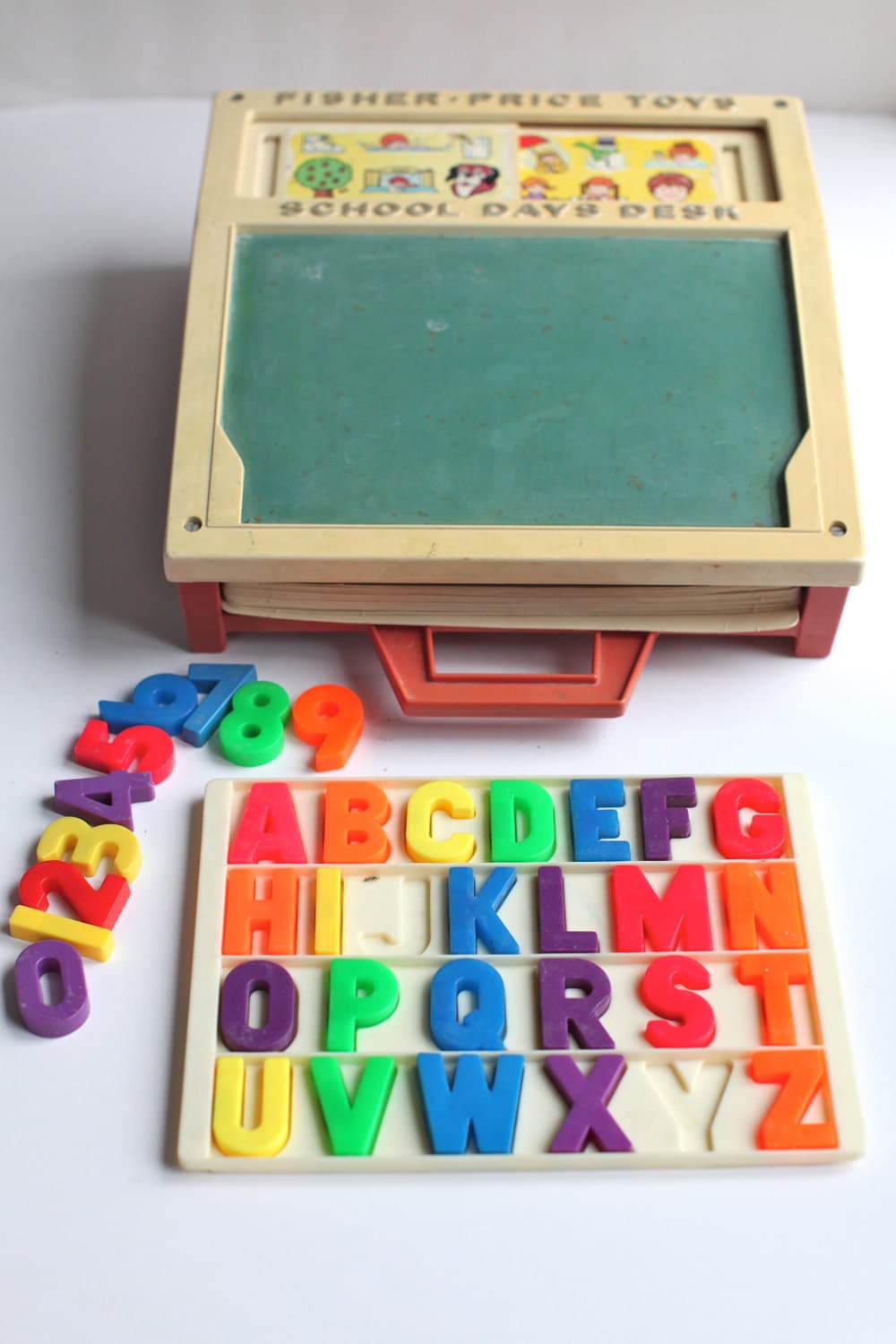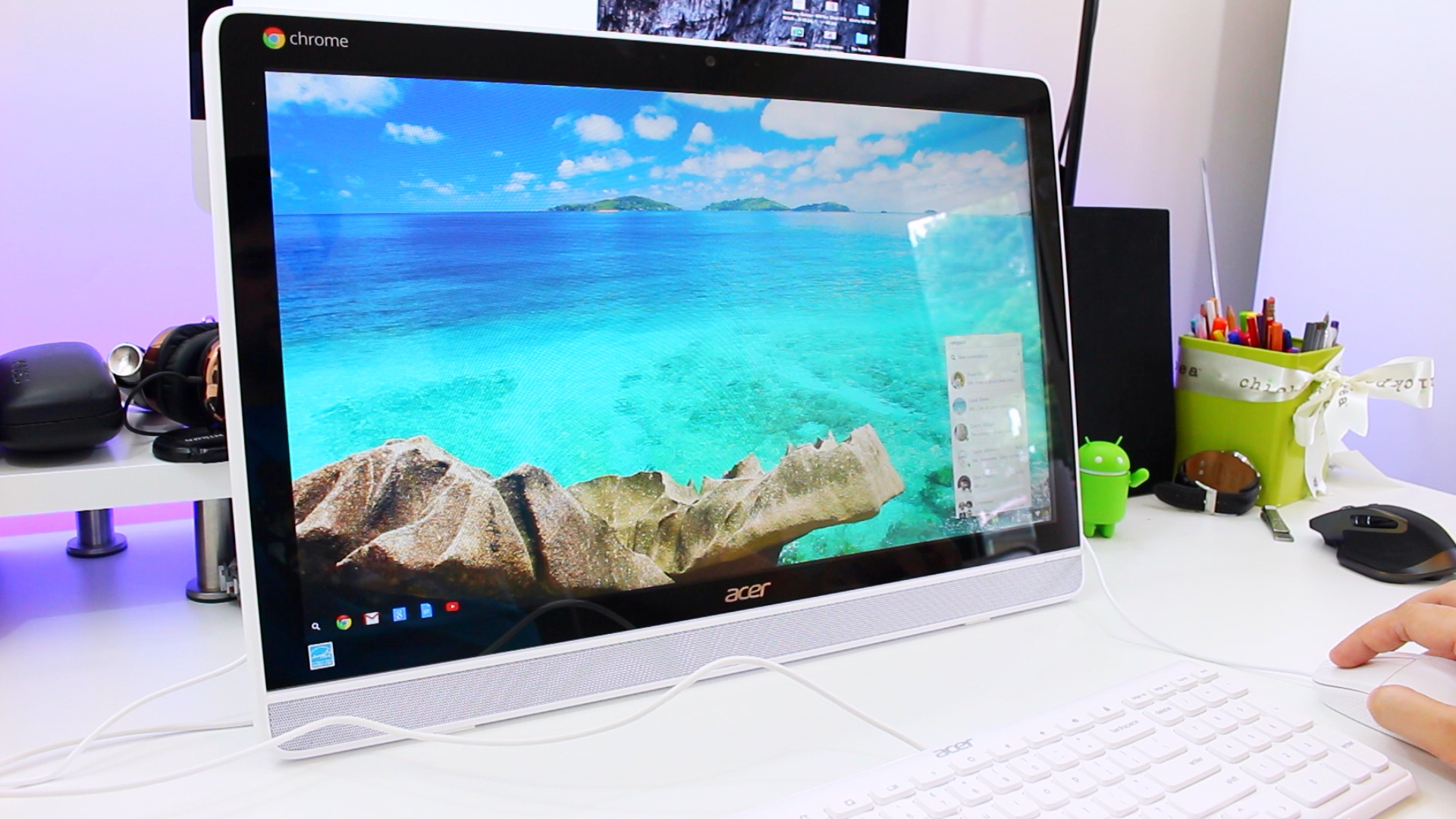

It can also trigger migraines, chronic pain flares, and emotional breakdowns in people with a variety of chronic illnesses. Sensory overload can lead to meltdowns in people with autism and/or SPD. Now I only wear clothes that are comfortable for my sensory needs. I use noise-canceling headphones when I have to be in loud environments or around triggering sounds.Īs a child, I would start screaming when my parents made me wear wool and other rough fabrics. When people chew gum near me, it’s like nails on a chalkboard, and I can become very irritable. Loud noises bother me, but some sounds most people don’t notice do, too. I have hyperacusis, which means that my hearing is extremely sensitive.

We all have different sensitivities, but common triggers include flashing lights, sudden or loud noises, crowds, scratchy clothing or tags, and more. Sensory overload happens when our bodies and minds experience more stimuli than we can handle. Sensory Overload Triggers and Coping Techniques Healthy forms of stimming such as stim toys help us avoid these meltdowns and cope with them better when they do happen. But pressuring neurodivergent people to stop stimming for the sake of appearances IS deeply damaging and can lead to psychological distress and self-injurious stims.Īutistic and other neurodivergent people can experience meltdowns that may cause us to stim in harmful ways, such as head banging, hitting ourselves, or breaking objects. Just because a stim looks different or unexpected doesn’t make it harmful. Some stims are subtle, while others are noticeable and may look “weird” to people who don’t understand. Fidget toys and sensory items are helpful tools for people who stim. Some examples of beneficial stimming include hand flapping, foot tapping, spinning, twisting hair around fingers, and other forms of fidgeting. Stimming is healthy, and should be encouraged as long as it does not hurt the person or others. We also stim to express joy, and to cope with physical and emotional pain and sensory overload. Most stims are comforting and help to relieve anxiety. This is known as stimming, and it’s essential for our psychological well-being. Most neurodiverse children and adults, including autistic people and those with SPD and ADHD / ADD, engage in repetitive activities in an attempt to fulfill our sensory needs. The Benefits of Stimming for Neurodivergent People In fact, with the right support, you can turn these differences into strengths, and for many, that includes using sensory toys to fidget and stim. If you’re one of them, you’re not alone - and it’s nothing to be ashamed of. This means millions of people around the world process sensory information in atypical ways.


SPD often co-occurs with learning disabilities, cerebral palsy, ADHD, brain injury, Down syndrome, and other neurodevelopmental disabilities. Most autistic people also have sensory processing disorder (or similar characteristics) but not all people with SPD have autism. Some are sensory seeking, which means they seek out certain sensations to cope with hypersensitivity, or they may be hyposensitive, meaning certain stimuli is more dull to their senses and they need more or stronger stimuli. Many kids and adults with SPD are hypersensitive to visual stimuli, sounds, and textures. Sensory processing disorder is a condition where a person experiences difficulties receiving and responding to various sensory signals. More Fidget Toys for Adults with ADHD, Anxiety, and Autism Understanding Autism, Sensory Processing Disorder, and NeurodiversityĪutism is a neurodevelopmental condition characterized by challenges with communication, social interaction, and restricted, repetitive patterns of behavior.


 0 kommentar(er)
0 kommentar(er)
